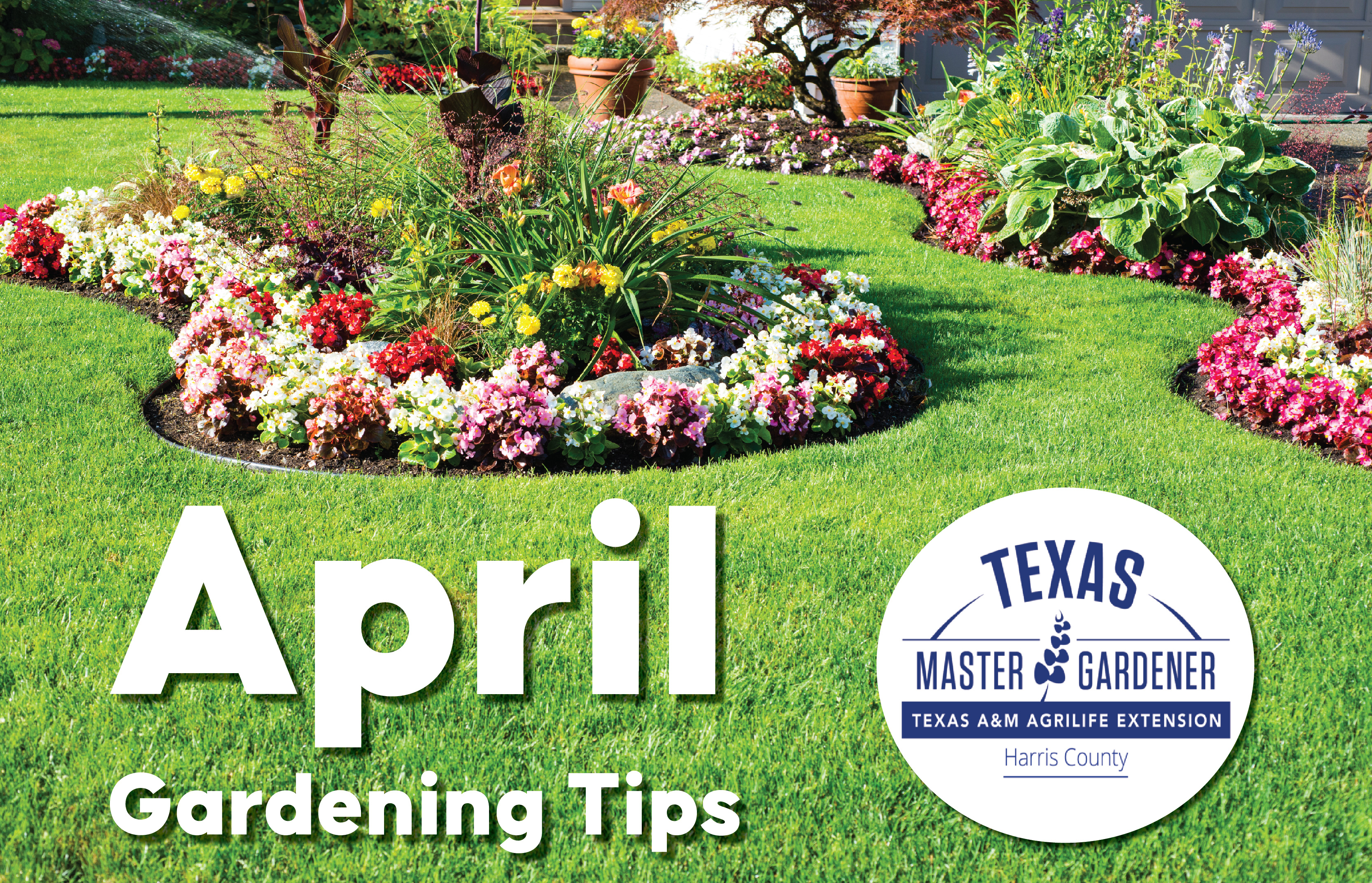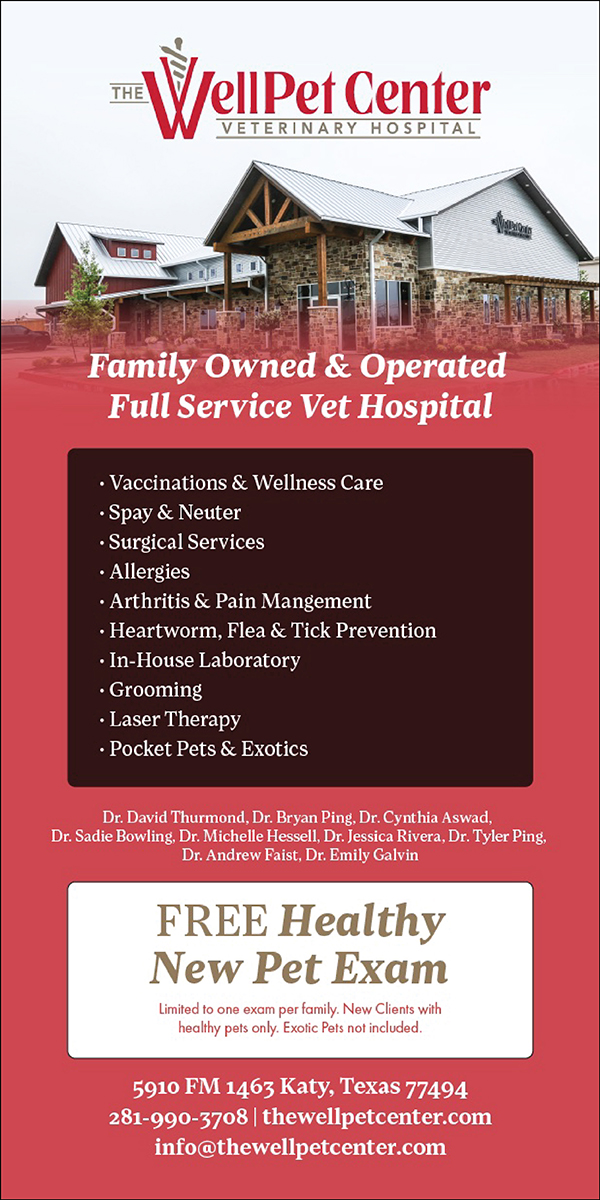
Harris County Master Gardener Shares Top Gardening Tips for April
This information has been generously provided to Harris County residents free of charge by the Harris County Master Gardeners, an expert group of trained volunteers assisting Texas A&M AgriLife Extension Service in educating the community using research-based horticultural information.
Did you know that the Harris County Master Gardeners offer free training, events and other resources all year round? To learn more, visit hcmga.tamu.edu.
By Karen Shook, Harris County Master Gardener
The downside of writing a monthly to-do list is that when I sit down to write the list for next month, it reminds me of all the things I should be doing right now. So, the first item on my personal April list is to take time to enjoy the spring flowers and the warming, but still mild weather. Prediction is that temperatures will be near normal for April, averaging about 70 degrees F.
Temptation calls my name every time I near a plant sale. Remember that just because a plant is available here, doesn’t mean it will do well here. Try this linked tool for good choices in your area: Earth–Kind® Plant Selector. As always, check for “too wet, too dry, just right” and water accordingly. Remember a good, deep watering is better than frequent, light watering. April is a good time to evaluate your irrigation system and make any needed repairs.
Caterpillars are on the prowl. Watch for signs like BB sized droppings, holes in leaves, rolled leaves. (The canna leaf rollers visit me every year!)
Perennials and Ornamental Grasses
- Remove spent blooms regularly to keep plants attractive and avoid using plant energy “going to seed”.
- Finish fertilizing established perennials and ornamental grasses.
- Shear back by 1/3 if plants are getting leggy.
- Divide chrysanthemums in late April, early May.
Annuals
- Plant warm-season bedding plants.
- For cool season annuals, tidy up beds, remove spent flowers, pinch back lanky growth, fertilize, water well and enjoy extended flowering time. Flowers of many cool season annuals are edible.
- As weather warms, annuals in containers will need more frequent watering. Fertilize annuals in containers once per week at 1/2 recommended rates.
Roses
- Spraying for blackspot, powdery mildew, aphids, etc., should continue every 7 to 10 days through November.
Shrubs
- Newly planted shrubs do not have established root systems and may need supplemental watering. Moisten soil 4 to 6 in.
- Fertilize established shrubs if you didn’t do this in March.
- Prune spring flowering shrubs after they finish flowering.
- For azaleas and other acid loving plants, it is a good time to check and adjust soil acidity.
Lawns
- April begins planting season for warm season grasses.
- The lawn can be fertilized after a second mowing of actively growing grass. Note if you have weeds in the turf, bag and compost clippings from these first two mowings.
- Broadleaf weed killer can be used in April, but check the label. St. Augustine can be sensitive to weed killer at warmer temperatures.
Ground Cover
- Transplant, divide ground covers. Fertilize if you didn’t do in March.
Vines
- Prune spring flowering vines after they finish flowering. Snip back, wind vines through support to keep looking neat.
Edibles (vegetables, herbs, berries, fruits)
- Cool season vegetables are likely to be done in April. Warm season vegetables can be planted.
- Get your tomatoes planted so you can harvest before hot weather causes them to stop setting fruit.
- See the following link for recommended planting times: Harris County Vegetable Planting Guide
Want to go deeper? Visit the Harris County Master Gardeners' Urban Dirt Index for a plethora of information about gardening in your region at hcmga.tamu.edu/urban-dirt-index. Submit your horticulture questions to the Harris County Master Gardeners at hcmga.tamu.edu/ask-a-question.
Source: Harris County Master Gardeners







